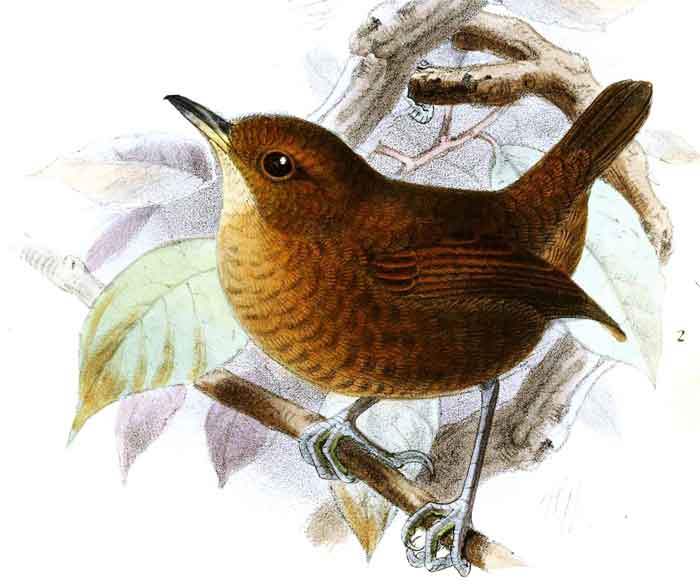
Superregnum: Eukaryota
Cladus: Unikonta
Cladus: Opisthokonta
Cladus: Holozoa
Regnum: Animalia
Subregnum: Eumetazoa
Cladus: Bilateria
Cladus: Nephrozoa
Superphylum: Deuterostomia
Phylum: Chordata
Subphylum: Vertebrata
Infraphylum: Gnathostomata
Megaclassis: Osteichthyes
Cladus: Sarcopterygii
Cladus: Rhipidistia
Cladus: Tetrapodomorpha
Cladus: Eotetrapodiformes
Cladus: Elpistostegalia
Superclassis: Tetrapoda
Cladus: Reptiliomorpha
Cladus: Amniota
Classis: Reptilia
Cladus: Eureptilia
Cladus: Romeriida
Subclassis: Diapsida
Cladus: Sauria
Infraclassis: Archosauromorpha
Cladus: Crurotarsi
Divisio: Archosauria
Cladus: Avemetatarsalia
Cladus: Ornithodira
Subtaxon: Dinosauromorpha
Cladus: Dinosauriformes
Cladus: Dracohors
Cladus: Dinosauria
Cladus: Saurischia
Cladus: Eusaurischia
Subordo: Theropoda
Cladus: Neotheropoda
Cladus: Averostra
Cladus: Tetanurae
Cladus: Avetheropoda
Cladus: Coelurosauria
Cladus: Tyrannoraptora
Cladus: Maniraptoromorpha
Cladus: Maniraptoriformes
Cladus: Maniraptora
Cladus: Pennaraptora
Cladus: Paraves
Cladus: Eumaniraptora
Cladus: Avialae
Infraclassis: Aves
Cladus: Avebrevicauda
Cladus: Pygostylia
Cladus: Ornithothoraces
Cladus: Ornithuromorpha
Cladus: Carinatae
Parvclassis: Neornithes
Cohors: Neognathae
Cladus: Neoaves
Cladus: Telluraves
Cladus: Australaves
Ordo: Passeriformes
Subordo: Passeri
Infraordo: Passerida
Superfamilia: Certhioidea
Familia: Troglodytidae
Genus: Microcerculus
Species: Microcerculus ustulatus
Subspecies: M. u. duidae - M. u. lunatipectus - M. u. obscurus - M. u. ustulatus
Name
Microcerculus ustulatus Salvin & Godman, 1883
Vernacular names
Deutsch: Flötenzaunkönig
Nederlands: Fluitwinterkoning
svenska: Flöjtgärdsmyg
References
Ibis p. 204 pl.9 fig.2
The flutist wren (Microcerculus ustulatus) is a species of bird in the family Troglodytidae. It is restricted to humid highland forest in the Tepui region of northern Brazil, Guyana, and Venezuela.[2]
Taxonomy and systematics
The flutist wren has four subspecies, the nominate Microcerculus ustulatus ustulatus, M. u. duidae, M. u. lunatipectus, and M. u. obscurus.[2]
Description
The flutist wren is approximately 11.5 cm (4.5 in) long and weighs approximately 22 g (0.78 oz). The nominate adult is generally chocolate brown, somewhat darker on the lower belly and vent area. The crown has faint scalloping, the lower back, rump, and chest have a reddish tinge, the chin is a paler brown. The chest also has a scaly appearance. The juvenile is similar but has obscure dark barring on its underside. M. u. duidae is overall paler and less rufous than the nominate. M. u. lunatipectus's underside has the heaviest and most extensive scaling of all the subspecies. M. u. obscurus has a darker upperside and a redder underside than the nominate.[3]
Distribution and habitat
The nominate M. u. ustulatus flutist wren is found in western Guyana, southeastern Venezuela, and the immediately adjoining part of northern Brazil. M. u. duidae is found in Amazonas and western Bolívar states of Venezuela. M. u. lunatipectus is found in central Bolívar state and M. u. obscurus in eastern Bolívar state.[3]
The flutist wren is a bird of mountains, inhabiting dense humid subtropical montane forest, including the flat tops of some tepuis. In elevation it ranges from 860 to 2,100 m (2,820 to 6,890 ft).[3]
Behavior
Feeding
The flutist wren usually forages on the forest floor, but sometimes also a little above it. Its diet is known to be arthropods but no details have been published.[3]
Breeding
No information has been published about the flutist wren's breeding phenology.[3]
Vocalization
Dickcissel male perched on a metal pole singing, with neck stretched and beak open.
Songs and calls
Listen to flutist wren on xeno-canto
The flutist wren's primary song is "a superb glissando which, after a couple of introductory notes, gradually and slowly slides up the scale". It has a similar alternate song, "but with notes more clipped and gradually dropping in pitch."[3]
Status
The IUCN has assessed the flutist wren as being of Least Concern.[1] Though it has a restricted range, it is rather common, and much of its range has no human inhabitants.[3]
References
BirdLife International (2016). "Flutist Wren Microcerculus ustulatus". IUCN Red List of Threatened Species. 2016. Retrieved 18 July 2021.
Gill, F.; Donsker, D.; Rasmussen, P. (July 2021). "IOC World Bird List (v 11.2)". Retrieved July 14, 2021.
Kroodsma, D. E. and D. Brewer (2020). Flutist Wren (Microcerculus ustulatus), version 1.0. In Birds of the World (J. del Hoyo, A. Elliott, J. Sargatal, D. A. Christie, and E. de Juana, Editors). Cornell Lab of Ornithology, Ithaca, NY, USA. https://doi.org/10.2173/bow.fluwre1.01 retrieved July 18, 2021
Retrieved from "http://en.wikipedia.org/"
All text is available under the terms of the GNU Free Documentation License

